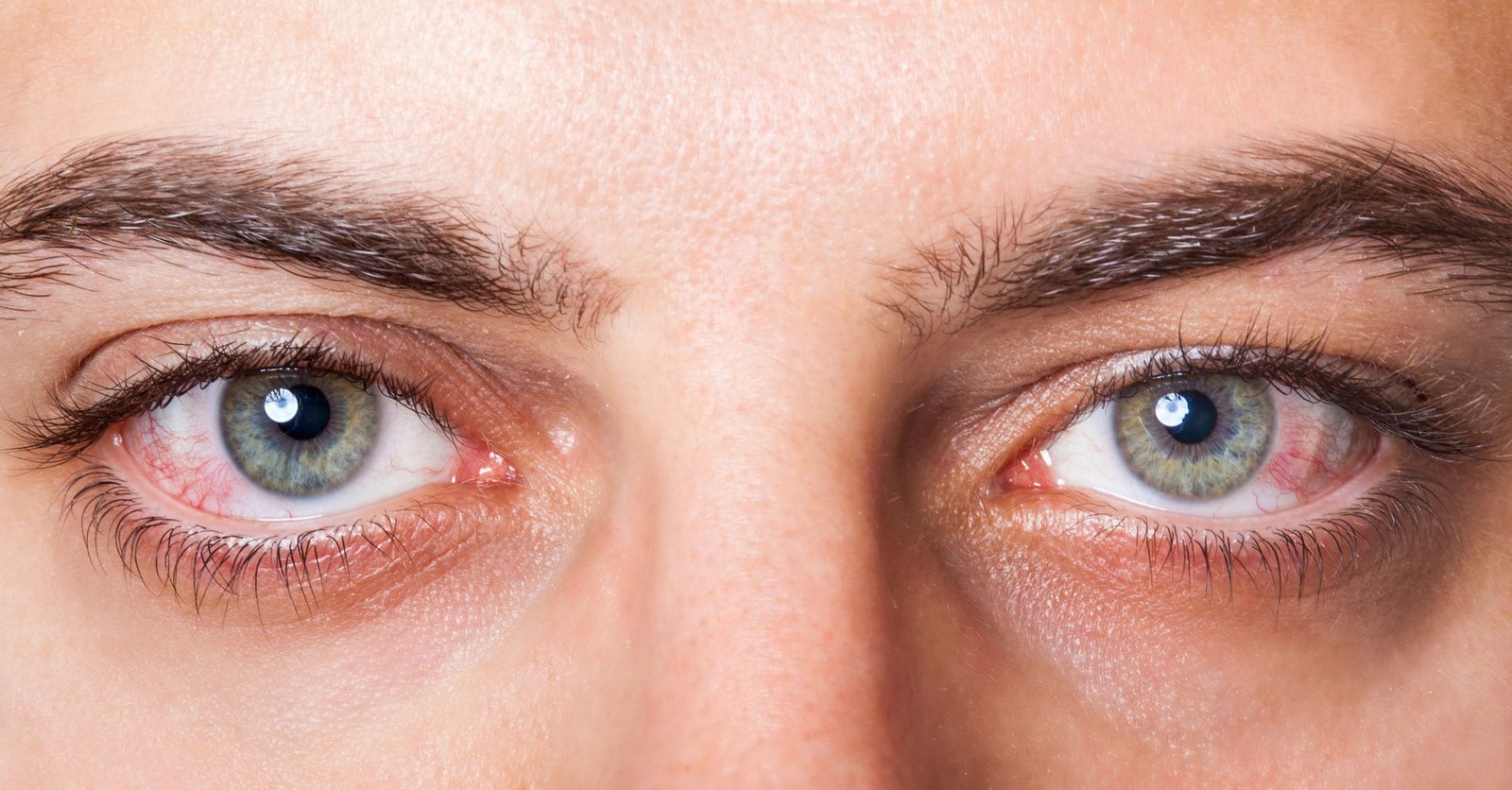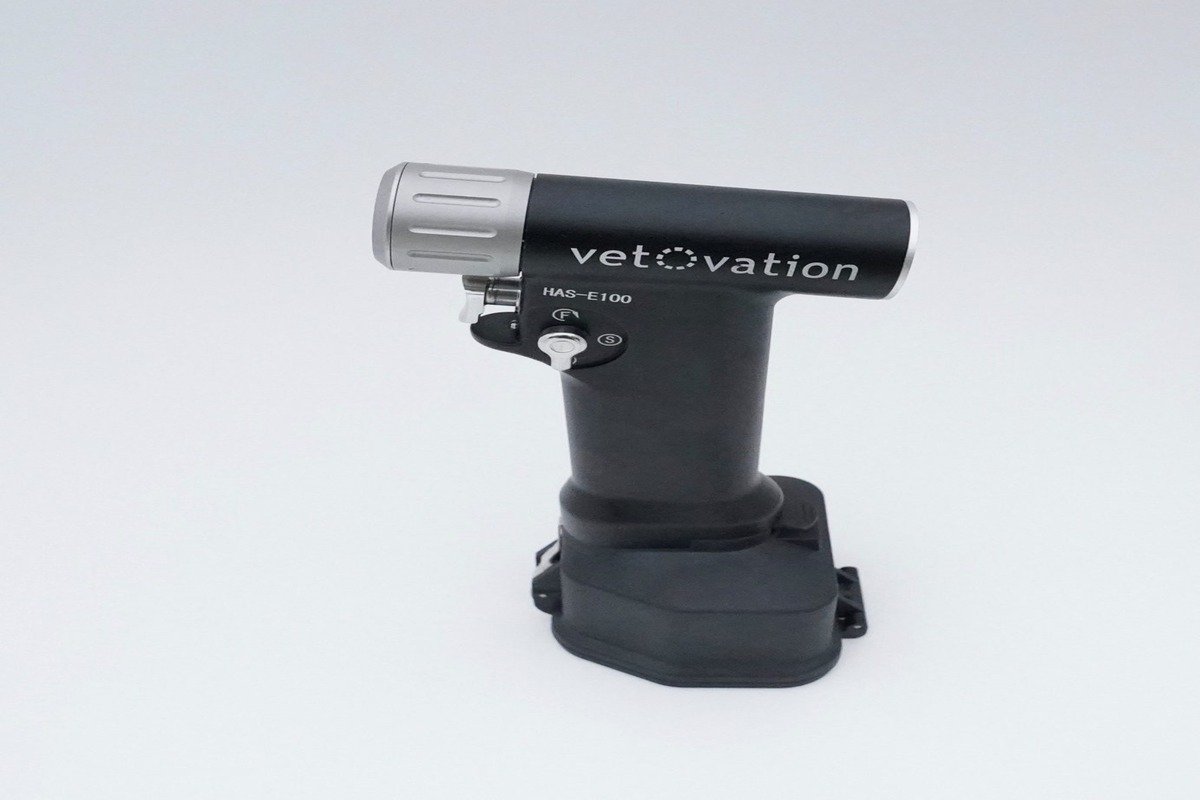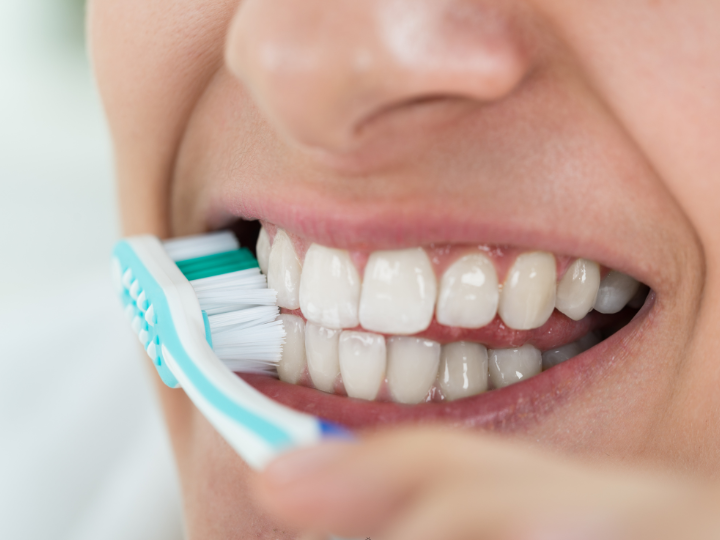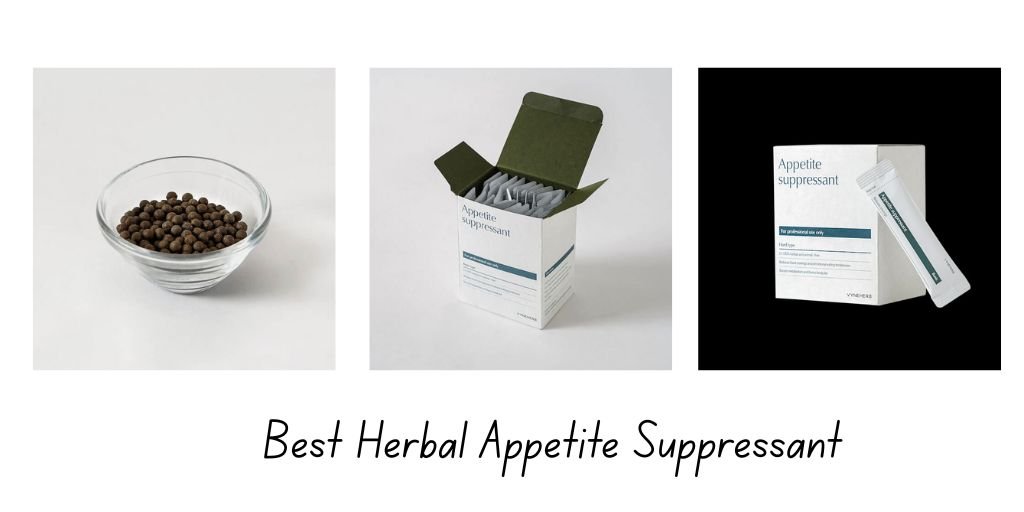Dry eye syndrome is a common yet often misunderstood condition that affects millions of people worldwide. If you’ve ever experienced persistent eye discomfort, redness, or a gritty sensation, you may be suffering from dry eye. Fortunately, Oakville residents have access to advanced treatments that can provide relief and improve eye health.
In this comprehensive guide, we’ll explore the causes, symptoms, and most effective dry eye treatment in Oakville. Whether you’re looking for preventive measures or professional interventions, this post will help you understand your options.
What Is Dry Eye Syndrome?
Dry eye occurs when your eyes don’t produce enough tears or when the tears evaporate too quickly. Tears are essential for maintaining clear vision, lubricating the eyes, and protecting against infections. When tear production is insufficient or unstable, it leads to irritation, inflammation, and discomfort.
Common Symptoms of Dry Eye
- A stinging or burning sensation: A persistent discomfort that feels like your eyes are irritated, often worsening in dry, windy, or air-conditioned environments.
- Redness and irritation: Inflamed, bloodshot eyes due to a lack of moisture make them more sensitive to environmental factors like smoke, dust, or allergens.
- Blurred vision (especially when reading or using screens): Vision may temporarily become hazy, especially during prolonged screen time, as blinking frequency decreases, reducing tear distribution.
- Sensitivity to light: Increased discomfort in bright environments or sunlight, as dry eyes struggle to maintain a smooth tear film that protects against excessive light exposure.
- A feeling of grittiness or something in the eye: A scratchy sensation, as if tiny particles or sand are trapped, caused by insufficient lubrication on the eye’s surface.
- Excessive tearing (a reflex response to dryness): Watery eyes seem contradictory but occur when the body overproduces tears in response to irritation, yet they fail to provide proper lubrication.
If you experience these symptoms regularly, seek professional care to prevent long-term damage to your cornea and ensure optimal eye health.
Causes of Dry Eye
Several factors contribute to dry eye syndrome, including:
- Aging: Tear production declines with age, making individuals over 50 more prone to dry eye syndrome.
- Screen Time & Digital Eye Strain: Extended use of digital devices lowers blink rates, accelerating tear evaporation and causing eye discomfort.
- Environmental Factors: Dry air, wind, smoke, pollution, and air conditioning contribute to moisture loss, exacerbating dry eye symptoms.
- Medical Conditions & Medications: Autoimmune diseases (Sjögren’s syndrome, rheumatoid arthritis), diabetes, and medications (antihistamines, antidepressants) may reduce tear production.
- Contact Lens Wear: Prolonged contact lens usage disrupts natural tear film stability, leading to dryness and irritation.
- Hormonal Changes: Women experiencing menopause or hormonal fluctuations are at a higher risk of developing dry eye syndrome.
Top Dry Eye Treatment in Oakville
Oakville offers a range of advanced treatments tailored to the severity and underlying cause of dry eye. Here are the most effective solutions:
1. Artificial Tears & Lubricating Eye Drops
Best for: Mild dry eye
Over-the-counter artificial tears provide temporary relief by supplementing natural tears. Opt for preservative-free options if you use them frequently.
2. Prescription Eye Drops
Best for: Moderate to severe dry eye
- Restasis (Cyclosporine): Reduces inflammation and increases tear production.
- Xiidra (Lifitegrast): Targets inflammation linked to dry eye.
- Corticosteroid Drops: Short-term use for severe inflammation.
3. Punctual Plugs
Best for: Excessive tear drainage
Tiny silicone or gel plugs are inserted into tear ducts to block drainage, keeping tears on the eye’s surface longer.
4. LipiFlow Thermal Pulsation
Best for: Evaporative dry eye (caused by meibomian gland dysfunction)
This FDA-approved treatment uses heat and gentle pressure to unclog blocked oil glands, improving tear quality.
5. Intense Pulsed Light (IPL) Therapy
Best for: Chronic dry eye with gland dysfunction
IPL reduces inflammation and stimulates oil gland function, providing long-term relief.
6. BlephEx Eyelid Hygiene Treatment
Best for: Blepharitis-related dry eye
A specialized procedure that deep-cleans eyelids to remove bacteria and debris that contribute to dryness.
7. Scleral Lenses
Best for: Severe dry eye and corneal damage
These specialized contact lenses hold a reservoir of fluid over the cornea, providing constant moisture.
8. Nutritional Supplements
Best for: Supporting tear production
Omega-3 fatty acids (found in fish oil and flaxseed) help reduce inflammation and improve tear quality.
9. Lifestyle & Home Remedies
- Humidifiers: Add moisture to dry indoor air.
- Warm Compresses: Help unclog meibomian glands.
- Blinking Exercises: Prevent evaporation during screen use.
- Hydration & Diet: Drink plenty of water and eat eye-friendly foods (leafy greens, nuts, fish).
Choosing the Right Dry Eye Specialist in Oakville
Not all eye clinics offer the same level of expertise in dry eye management. When selecting a specialist, consider:
- Experience with Advanced Treatments: Look for clinics offering LipiFlow, IPL, or scleral lenses.
- Comprehensive Diagnostics: A thorough evaluation (including tear film analysis) ensures the right treatment plan.
- Patient Reviews & Success Stories: Check testimonials for insights into patient experiences.
Preventing Dry Eye: Tips for Long-Term Relief
While treatments help, prevention is key to managing dry eye:
- Follow the 20-20-20 Rule: Every 20 minutes, look 20 feet away for 20 seconds to reduce digital strain.
- Wear Sunglasses Outdoors: Protect eyes from wind and UV rays.
- Avoid Direct Airflow: Position fans and car vents away from your face.
- Stay Hydrated: Proper hydration supports tear production.
Conclusion
Dry eye syndrome is more than just an occasional inconvenience—it can cause persistent irritation, redness, blurred vision, and even long-term damage if left untreated. Factors like aging, prolonged screen time, environmental conditions, medical conditions, and hormonal changes can contribute to decreased tear production or rapid tear evaporation. Fortunately, relief is within reach.
Oakville’s leading eye care professionals utilize advanced diagnostic tools and personalized treatment plans to target the root cause of dry eyes, not just the symptoms. From artificial tears and prescription eye drops to innovative therapies like intense pulsed light (IPL) treatment and meibomian gland expression, tailored solutions can help restore moisture and comfort.
If you’re experiencing persistent dryness, burning, or eye fatigue, don’t wait. Early intervention is crucial to prevent complications and maintain long-term eye health. Schedule a consultation with a dry eye specialist today and take the first step toward dry eye treatment in Oakville and have lasting relief.















Leave a Reply